Dam Lock Edam
The lock has a prominent place in the heart of Edam. At first glance, the high, wide bridge looks only like a bridge, but it has also been a lock for centuries. This monumental lock has a rich history. In 2021/2022 the Damsluis was thoroughly renovated.
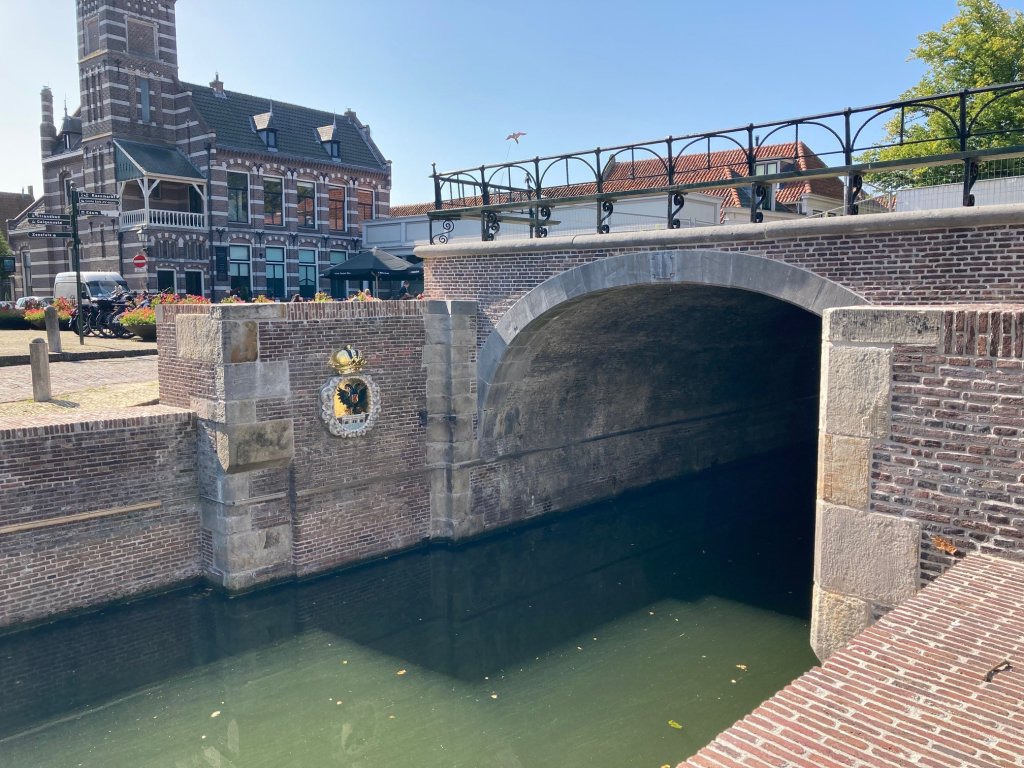
Open connection to the Zuiderzee
Edam received city rights in 1357 and, in addition, the city was allowed to dig a passage right through the city between the Zuiderzee and the Purmer Lake. Because of this connection, shipping and trade flourished. The scouring action of ebb and flood kept Edam's harbor nicely at depth. But elsewhere, the salty sea water flowing in caused much inconvenience and land loss. To counteract this, Emperor Charles V decided in 1544 to close the Edam sea channel with sluices. Due to resistance from Edam, Charles V's measure was not immediately implemented. The construction of a lock meant that the abrasive flow of the tides in the harbor was eliminated. It would then certainly silt up. This was very detrimental to shipping and the city's many shipyards.
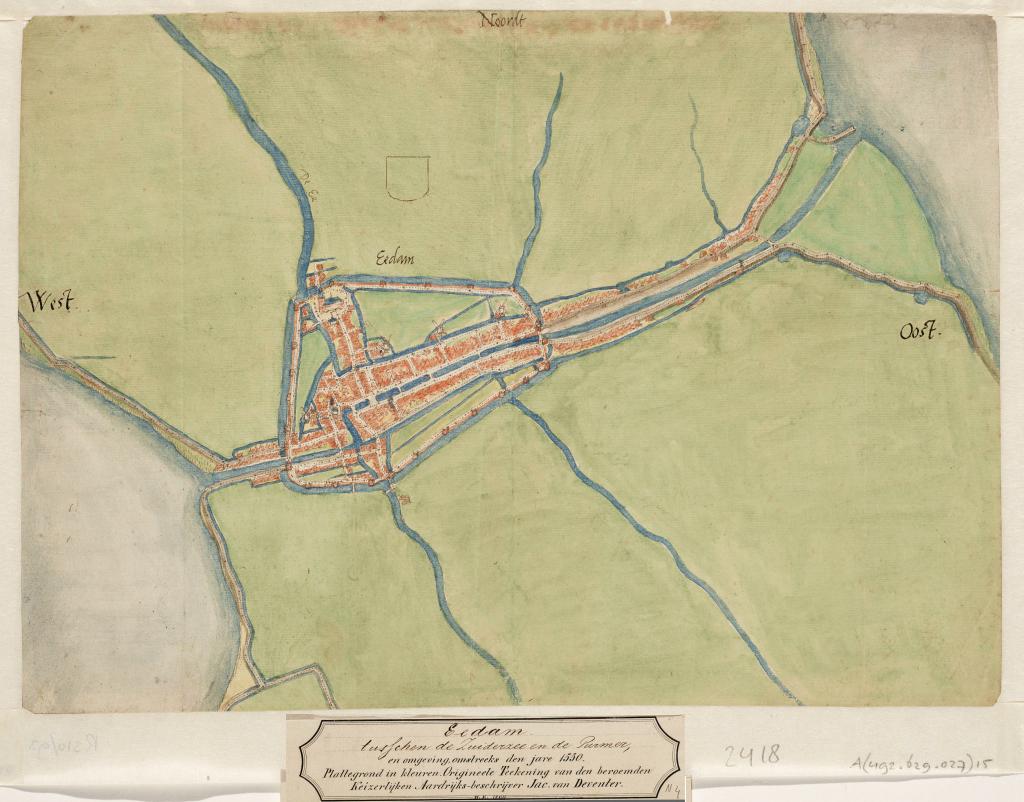
Keeping the port at depth
In 1565 King Philip II sent a commissioner to Edam to finally push through the 1544 decision. He contracted the construction of the lock and immediately established a new water board to manage and finance the works. Philip ratified this in January 1566. The new water board became known as the Hoogheemraadschap van de Uitwaterende Sluizen in Kennemerland and West Friesland. However, the Edammers continued to resist and subsequently destroyed the gates in 1570 and 1572 to get the harbor open again. Finally, the current stone Damsluis was not completed until 1592.
The town of Edam remained responsible for keeping the harbor deep. No garbage was allowed to be thrown into the water. The High Council gave permission to open the locks a few days a month so that mud could wash out of the harbor. To check the depth of the harbor, the High Council commissioned surveyor Gerrit Dircksz Langedijck (1561-1623) to make a Map showing the depths of the harbor. This Map was restored by the Hoogheemraadschap Hollands Noorderkwartier in 2016 and then transferred to the Waterlands Archives in Purmerend.
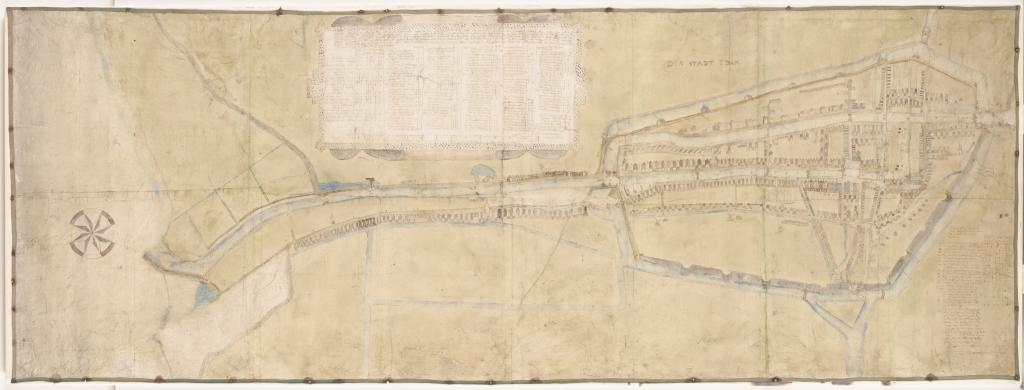
Through the centuries
When the reclamation of the Purmer got off the ground in 1617, the Hoogheemraadschap of the Uitwaterende Sluizen managed to negotiate that the Waterschap de Purmer take over the Damsluis in exchange for its cooperation. After the lock had been managed by Waterschap de Purmer for three-quarters of a century, 'Uitwaterende Sluizen' took it back in 1701. That wanted to install ebb doors. This was because the lock was built entirely on outwaters. At low tide the inland water would push open the sluice gates and drain away to sea. In summer, however, that fresh water was desperately needed for the land and livestock. With the ebb doors it could be held.
The two large armorial stones in the eastern lock chamber commemorate the reclamation of the lock from Waterschap de Purmer in 1701. One crest shows the coat of arms of Uitwaterende Sluizen and the other shows the family coats of arms of the dike grave and high water boards and the secretary.
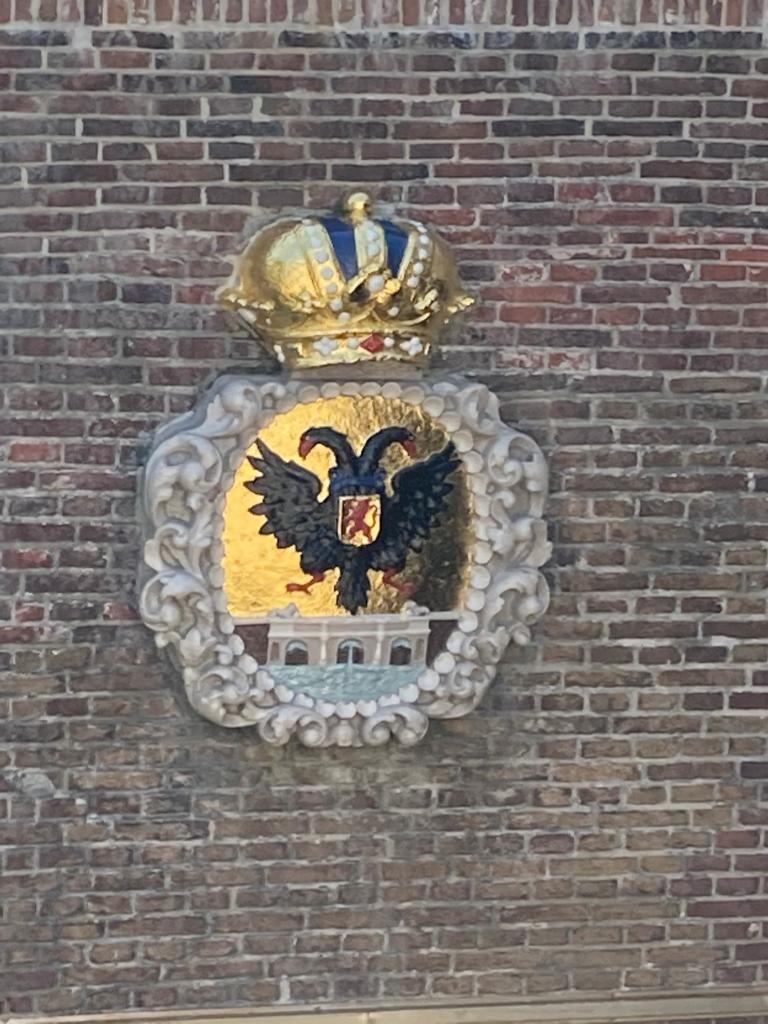
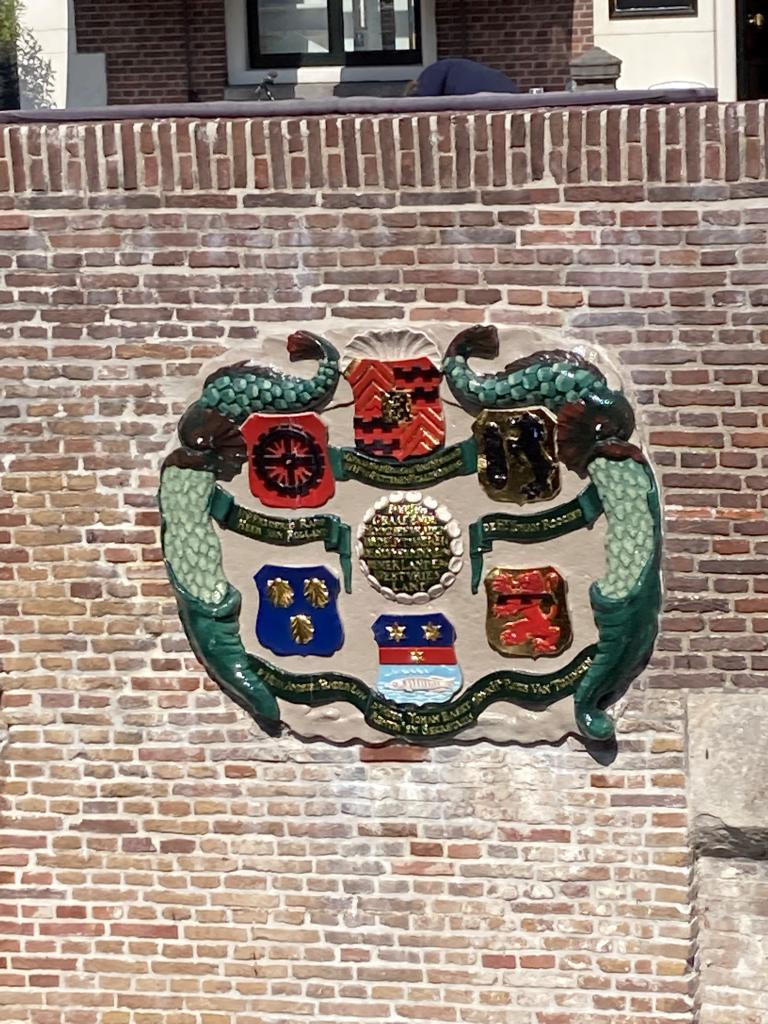
To prevent wagons from crossing the lock, two rows of stone posts were placed on either side of the burg in 1767. Today, stone posts still stand on either side of the bridge.
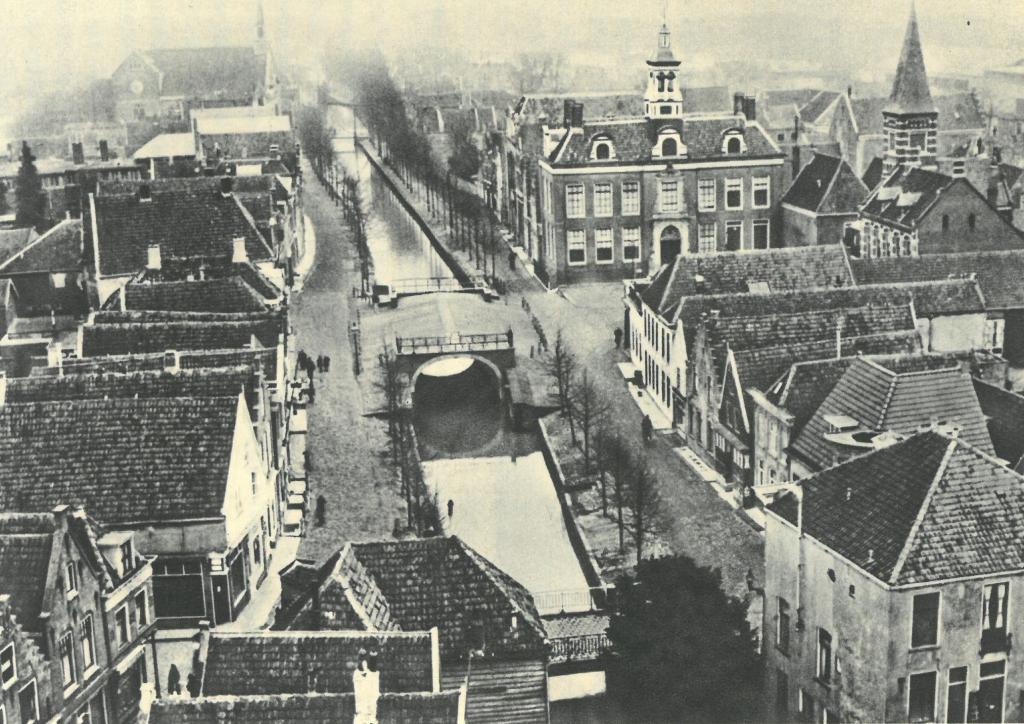
The lock was repaired on the east side in 1795, and in 1798 the lock was drained for major repairs to the basin walls and floor. To mark the occasion, two plaques were placed at the end of the lock with the dates "1795" (east side) and "1798" (west side).
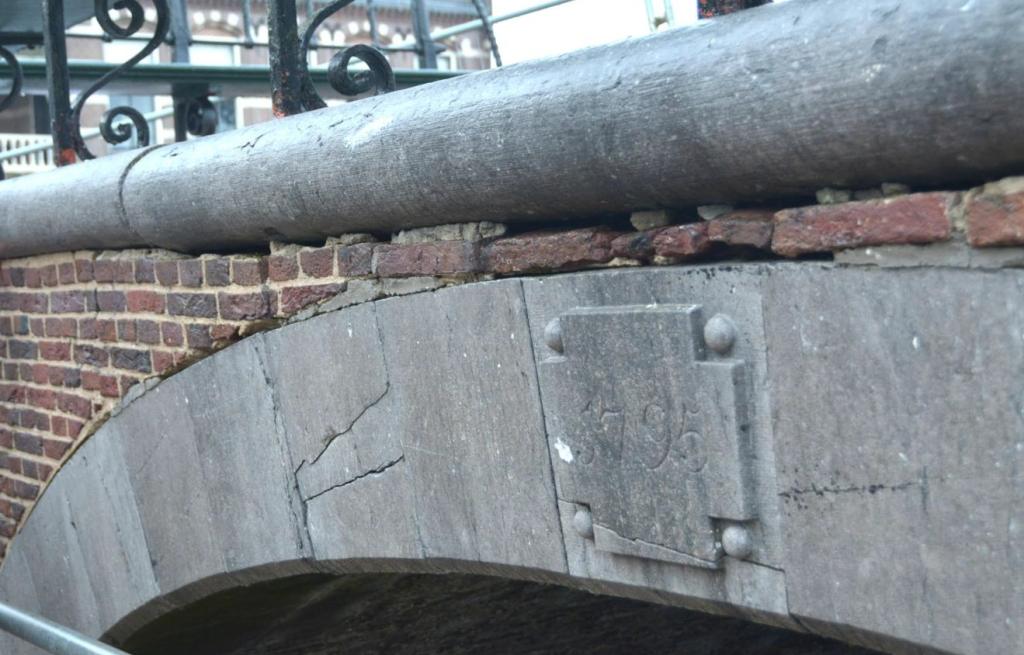
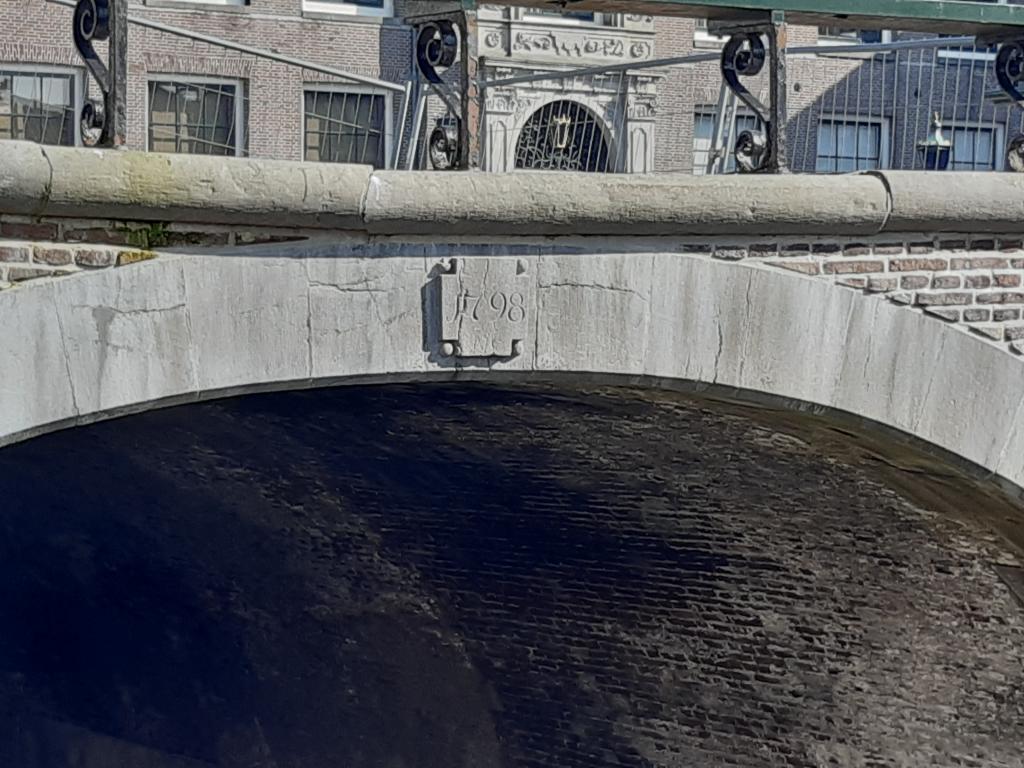
After the construction of the Great Sea Lock at the end of the Organ Hole in 1829, the Dam Lock was decommissioned. That is probably when the lock doors were removed, but the suspension points are still in the walls.
Renovation
Due to severe wear and tear, the Dam Lock was restored in 2021 and 2022. Broken stones were replaced and the grouting repaired. The armorial stones also received a refurbishment and a fresh lick of paint. Finally, the paving on and around the Dam Lock and a crack in the vault were repaired.
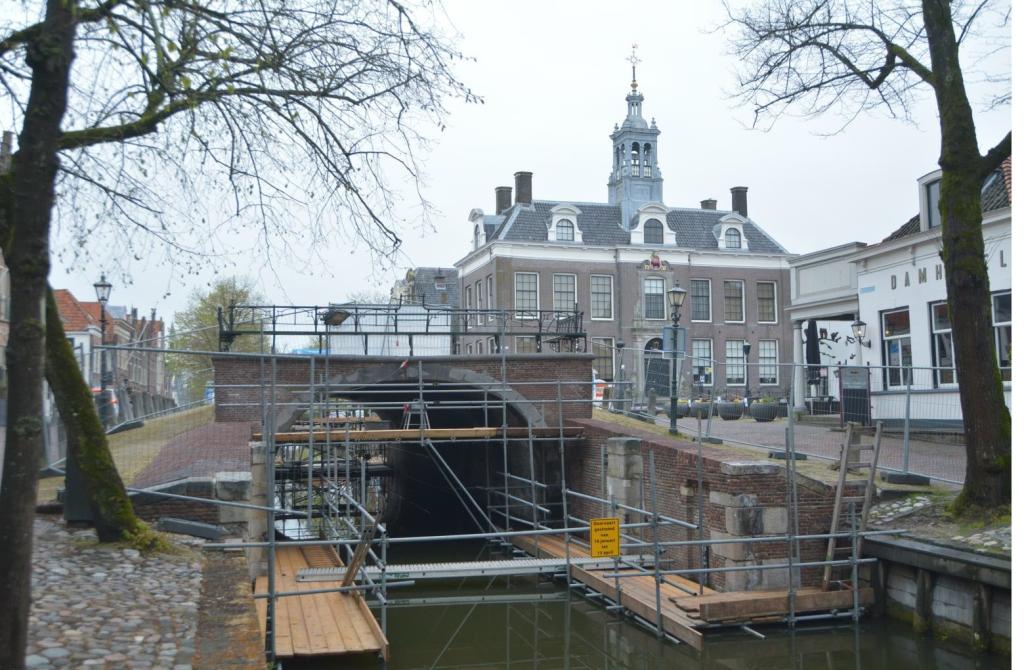
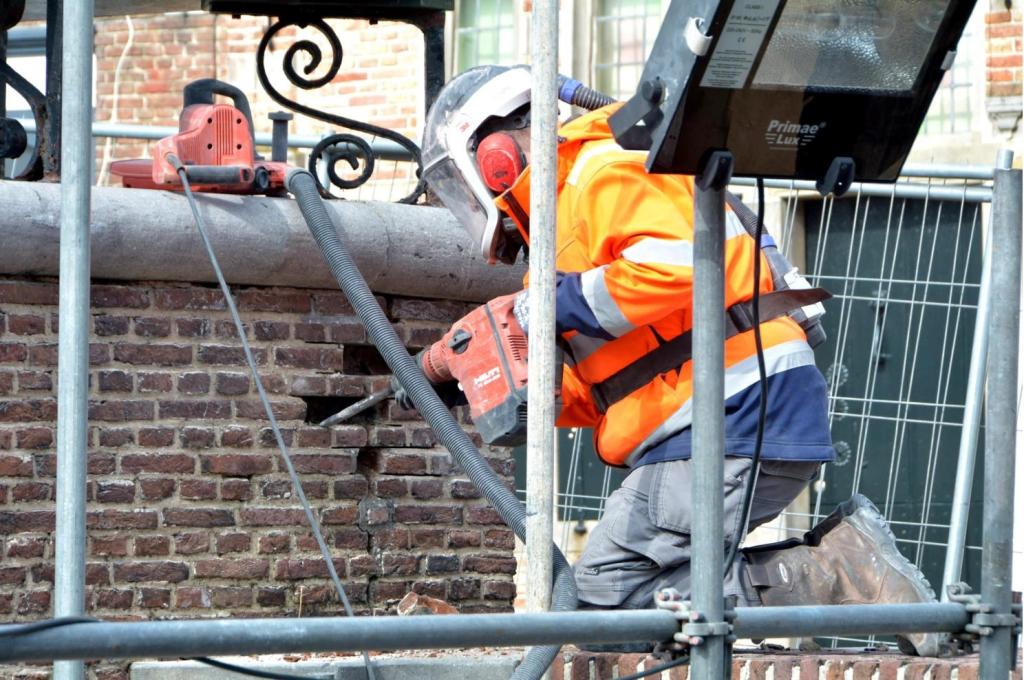
Additional
- Movie renovation armstones
- Next to the lock is the Stone Merchant's House. This house was built in 1550 and was Edam's first stone merchant's house. The building has a wooden cellar that floats on the groundwater. It houses the Edam Museum.
- A wooden model for a coat of arms hangs in the permanent expo'Waterschat' in the office of the present Hoogheemraadschap Hollands Noorderkwartier in Heerhugowaard. 'Waterschat' is accessible free of charge during office hours.
- Waterline trail stage 01
- Zuiderzee Trail